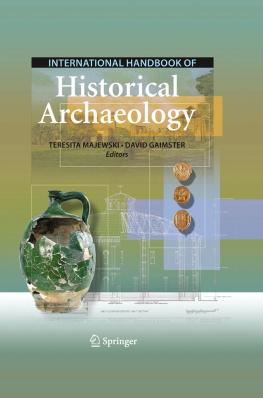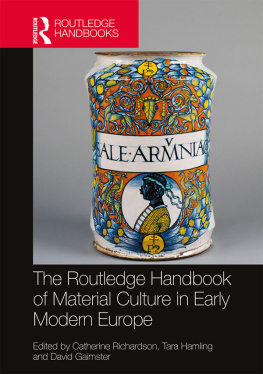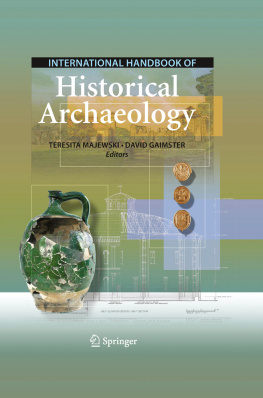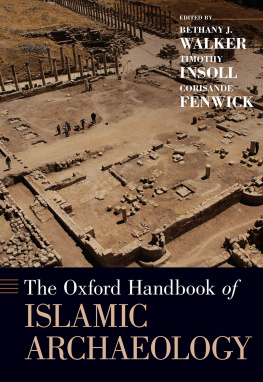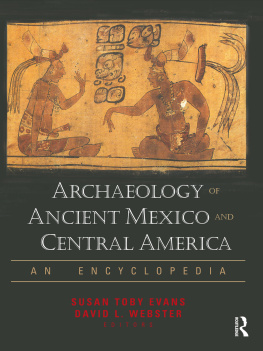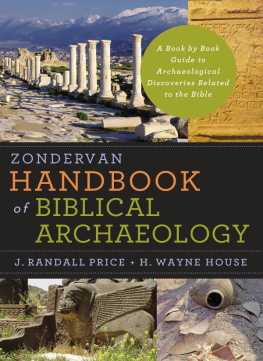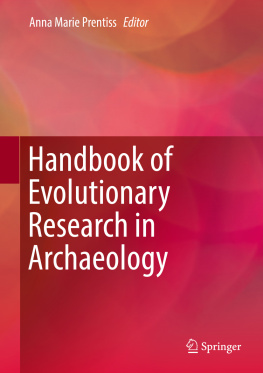Introduction
When Hurricane Katrina struck the Gulf Coast in August of 2005, it became one of the most costly and deadly storms in American history. It also, although briefly, highlighted the often muted importance of inequality in our society and started a discussion about race and class in the American mainstream media. An analysis of damage data shows that the storms impact was disproportionately borne by the regions African American communities, by people who rented their homes, and by the poor and unemployed (Logan, ). It takes a hurricane, wrote senior editor and Newsweek columnist Jonathan Alter:
It takes a catastrophe like Katrina to strip away the old evasions, hypocrisies and not-so-benign neglect. It takes the sight of the United States with a big black eyevisible around the worldto help the rest of us begin to see again. For the moment, at least, Americans are ready to fix their restless gaze on enduring problems of poverty, race and class that have escaped their attention (Alter, :42).
In academia, however, race and class have become two of the largest, and arguably two of the most important, categories of analysis used by every discipline in the social sciences and humanities. As a part of the so-called triplet of race, class, and gender, these categories are seen as attributes of individual and group identity as well as concepts that are central to modernity, with its unequal access to power. This linkage of racial and class-based classifications with the modern world, however, is not meant to imply that inequality did not occur in premodern times (Gosden, :1820).
From the nineteenth century to the present, scholars have been arguing the relative importance of these analytical registers. Some researchers have claimed a privileged position for race by pointing out that class barriers can be transcended while racial barriers cannot (e.g., Smedley, ).
Recently, however, even many Marxist theoreticians are beginning to explore the ways that the relationship between race and class has been undertheorizedrefusing to reduce race to class and vice versa (Williams, ).
Over the last decade, several scholars have argued that historical archaeology is in a unique position to shed light on the nature of these categories (e.g., Deetz, :8).
Of course, attempting to synthesize archaeological approaches to class or race in a chapter-length treatment is a substantial undertakingmuch less attempting an overview of our disciplines approaches to both class and race. Fortunately, several recent works have provided us with solid, detailed examinations of race (Orser, ) as historical archaeologists have employed these concepts. In light of these works, and the many others that have taken race and/or class as their subject matter, I intend to provide a discussion of how these two analytical registers relate to each other, primarily focusing on work that has been conducted in North America. That is, I intend to appraise how historical archaeologists have attempted to parse race and class in their work and the implications of the methods that they have employed in their investigations.
Roots of Class and Racial Analysis in Historical Archaeology
The archaeologies of race and class have their beginnings at a similar point in time in North Americathe late 1960s. It is not that archaeology had not previously been conducted on sites that were of interest due to the race or class of the occupants (e.g., Bullen and Bullen, :110).
Robert Ascher, Charles Fairbanks, and James Deetz (Ascher, :1) has called a moral mission: to tell the story of Americanspoor, powerless and inarticulatewho had been forgotten in the written record.
Despite this newfound dedication to a more social archaeology, race and class have remained what Wurst (). Both concepts have often been subsumed under a host of topical archaeologies that, although fruitful in other ways, served to decenter these registers while focusing on broader phenomenaplantation archaeology, archaeologies of inequality, dominance and resistance, ideology, the archaeology of capitalism, and the archaeology of the African Diaspora.
Below we will briefly examine the history of the archaeological approaches to race and class. Although this discussion is presented chronologically, the reader should keep in mind that I am not proposing a progressive evolution of theoretical deployment (i.e., many early theoretical models are still used in some contexts by researchers today). Additionally, I must point out that my own work deals with the American South and the archaeology of African American life in the nineteenth and twentieth centuries. Thus, although I have attempted to broaden my discussions to include larger theoretical debates, I feel that a bias toward my own comfort zone is clearly evident.
A Note on Terminology: Race, Class, and Ethnicity
The late 1970s and early 1980s provide us with the earliest works in historical archaeology that specifically use race, ethnicity, and class as analytical registers. One of the first major published works to address the intersection of race and class was Archaeological Perspectives on Ethnicity in America: Afro-American and Asian American Culture History (Schuyler, ). This volume consisted of 14 essays that provided a variety of historical treatments that focused discursively on ethnicity, although many essays reveal the complex relationship between race and class on African American and Asian American sites.
There is a considerable amount of confusion regarding terminology in analyses based on race, ethnicity, and class. In these pioneering works, ethnicity and related terms (such as ethnic group and ethnic identity) were often used as a suitable substitution for race (Singleton, :3035).
Although the shift to ethnicity-based theory is admirable from an anti-essentialist standpoint, by the end of the twentieth century researchers became increasingly aware that ethnicity was problematic when dealing with racial minoritiesthe victims of racism . Ethnicity-based approaches not only stressed the fluidity and flexibility of identity, but also stressed assimilation or acculturation as a logical response to the dilemma of racism (Omi and Winant, ), the term race was not widely deployed as an analytical construct by archaeologists until relatively recently.
There is a similar amount of confusion surrounding the meaning of class in archaeological studies. There have been two major approaches to defining class among archaeologistsclass has been seen as an objective entity, thing, or structural location and as a social relationship (Wurst, ). This view has played an important role among archaeologists focusing on inequality and capitalism.

